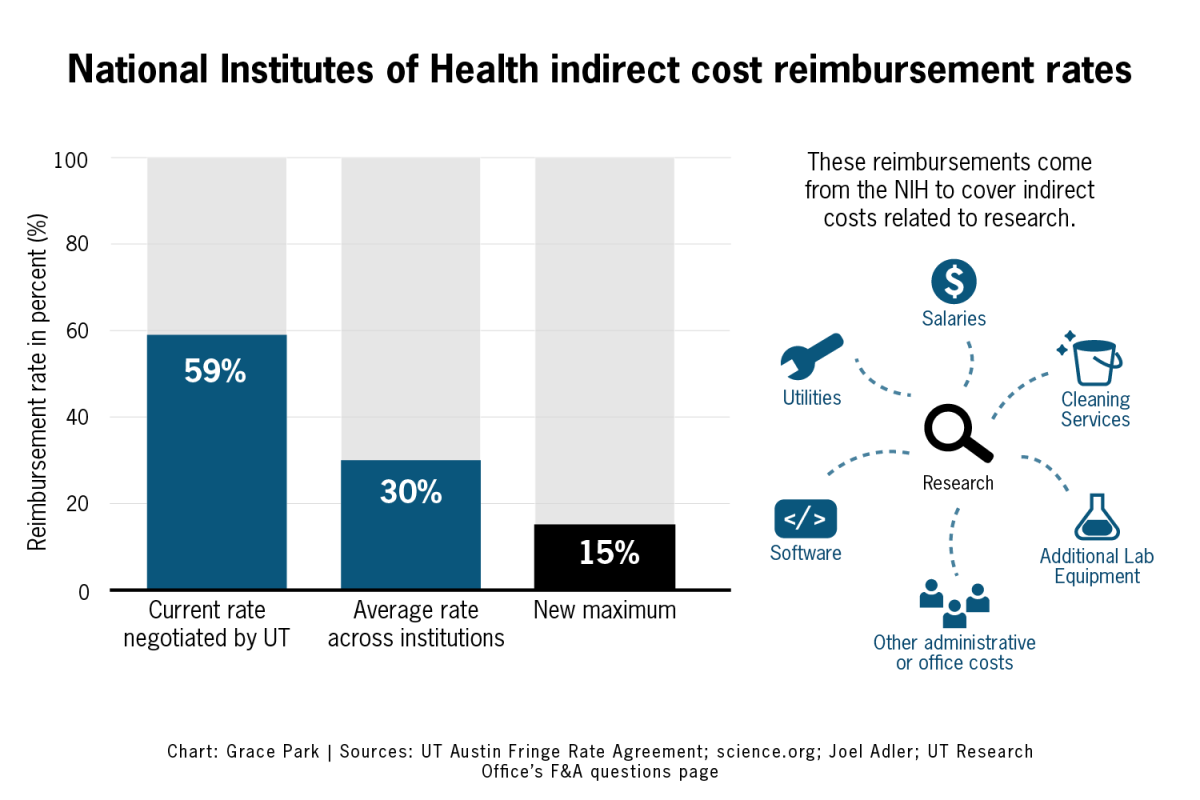An astronomy team led by Steven Finkelstein, assistant professor of astronomy at UT, discovered the distance from Earth to the farthest known galaxy.
Research to discover distant galaxies with the Hubble Space Telescope has been going on for three years now, but Finkelstein’s work with big, ground telescopes — such as the Keck I Space Telescope at the Keck Observatory in Hawaii — began just last year.
Before his research with the Keck telescope, the largest optical and infrared telescope in the world, Finkelstein used imaging on the Hubble Space Telescope to determine how far away galaxies were based on their color. Closer galaxies tend to be less red than ones that are farther away.
“Using the colors of the galaxies, we can estimate how far away the galaxies are,” Finkelstein said. “But to actually know the distance, we have to follow them up with big telescopes on the ground and measure their distances directly.”
Using the Keck I, the team could confirm the distance of galaxy z8_GND_5296 by studying how the galaxy’s light wavelengths shifted during the expansion of the universe.
The Hubble Telescope has a two-meter mirror, whereas the Keck telescope has a ten-meter mirror, which allows the researchers to separate the light to see how certain features come from different elements, said Casey Papovich, an associate professor of physics and astronomy at Texas A&M University who collaborated with Finkelstein on the project.
The Cosmic Assembly Near-infrared Deep Extragalactic Legacy Survey, conducted by a group of over 100 astronomers, including Finkelstein, is the largest survey project ever done with the Hubble Space Telescope and helped Finkelstein with his discovery.
Mark Dickinson of the National Optical Astronomy Observatory in Tuscon, Ariz., said the project involved looking for galaxies discovered by the survey that might be extremely distant based on their colors from the Hubble images.
Dickinson said the new infrared cameras installed on the Hubble Space Telescope in 2009 allowed these scientists to survey areas of the sky that had been previously viewed with other telescopes to look for distant galaxies.
“The problem is that you see these galaxies with their distinct colors, but you don’t know for sure what their exact distances are,” Dickinson said. “For that, you have to go to ground-based telescopes and take a spectrum of the galaxy.”
He said the biggest challenge the team had to overcome was how faint these galaxies are. Out of the 43 galaxies that were studied, they were only able to confirm the distance of one.
Based on the researchers’ work, galaxy z8_GND_5296 ended up being recorded as the farthest known galaxy yet.
“There’s always the thrill of the discovery. We’re seeing something no one has seen before,” Papovich said. “What it really shows us is that we can find galaxies at these great distances.”




















